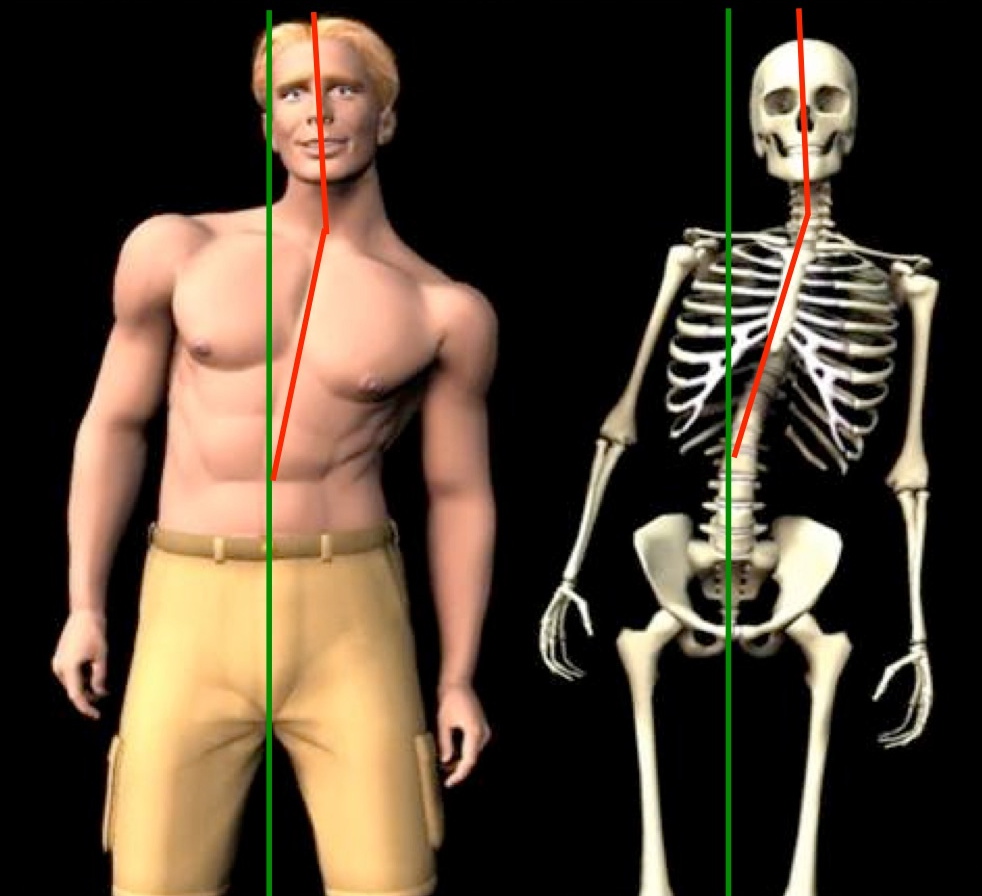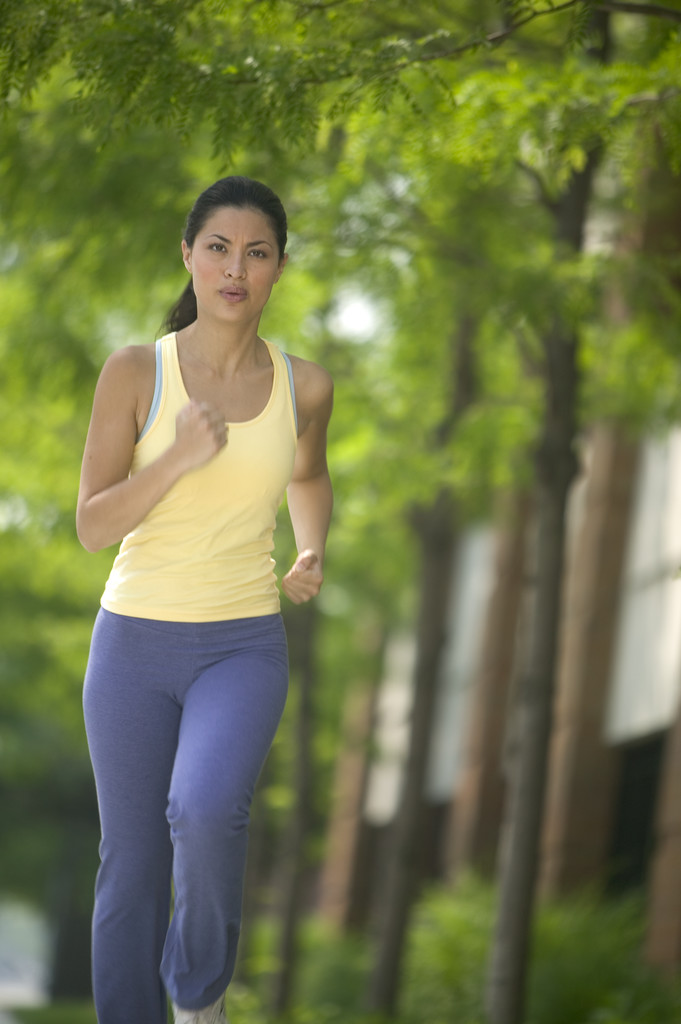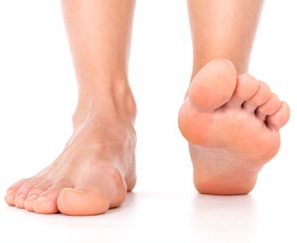
Peak Sports Performance and Sports Injuries Part 3: The Role of Chiropractic in Sports Injury Treatment and Prevention
You have probably heard “A chain is no stronger than it’s weakest link.” The same is true in the human body. If any type of imbalance exists in an athlete, there will usually be a “weak link” somewhere in their body. Chiropractic plays a vital role in sports because the treatment and prevention approach is designed to minimize any “weak links” that may contribute to “energy leaks,” sports injuries, and reduced sports performance.
Although injuries are a part of sports, keeping athletes free of injury is an ongoing endeavor in most sports programs. As a result, many sports teams on the high school, collegiate, olympic, and professional levels have chiropractors to help prevent sports injuries and treat injuries when they occur.
Risk Factors for Injury
There are several factors that can predispose an athlete to injury, including asymmetries (imbalances), previous injuries and being overweight(1). Asymmetries are imbalances that exist on one side of the body compared to the other side. These may include postural misalignments, loss of joint mobility/flexibility, motor control, or muscle strength.
Below is a YouTube video we put in our last post. Observe the knee buckle inward during a single leg jump. It is the most obvious and severe in the first young girl in the video. A dynamic knee valgus collapse is a known risk factor for anterior cruciate ligament tears of the knee. This movement dysfunction can be due to loss of joint mobility/flexibility, motor control, or muscle strength.
Previous injury can predispose an athlete to subsequent injuries because they can alter bone and joint alignment, joint mobility, and motor control. If these problems are not treated and restored properly, the athlete is often left with a movement compensation that has been engrained in their nervous system. These bad movement patterns can lead to future injury. It is common for many athletes to return to sports well before their injury has completely. Playing in the presence of an unresolved injury leads to compensations to painful movements which can lead to secondary injuries.
Being overweight is pretty self-explanatory how it can increase the risk for injury. Extra weight means extra loads and pressure on joints and other tissues throughout the body.
In Part 2 we discussed how athletic movements, such as throwing, running and jumping require the generation and transfer of force (energy) through the body. Athletes not only need to effectively transfer force through their body but they also need to be able to absorb forces as well. Injuries commonly occur when an athlete is unable to efficiently absorb forces from the ground or contact from another player. There are many instances where the forces entering an athlete’s body are so extreme an injury is inevitable. However, if an athlete has any type of asymmetry, they will generally be more susceptible to injury.
How We Treat Sports Injuries
When sports injuries occur, they need to be evaluated quickly and appropriately. Our examination can determine the severity of the injury and if more immediate medical attention is required. In our injured athletes, we evaluate their joint alignment, mobility and motor control, three common mechanical problems that can occur following an injury. These problems are then corrected with treatments that may include adjustments, muscle activation, massage therapy, and rehabilitative exercise. As the injury heals we can assess movement patterns to determine where movement faults exist and the best exercises to restore normal movement.
Peak sports performance and sports injury prevention is all about maintaining symmetrical alignment, mobility and motor control. We help our athletes maximize their performance and help keep them injury-free by making sure these three neurological and mechanical factors are kept to a minimum.
If you are an athlete and would like to maximize your sports performance and be more resistant to injury, you can contact our office.
References:
Cook G. Movement: Functional Movement Systems: Screening, Assessment, and Corrective Strategies. Santa Cruz, CA: On Target Publications, 2010.


